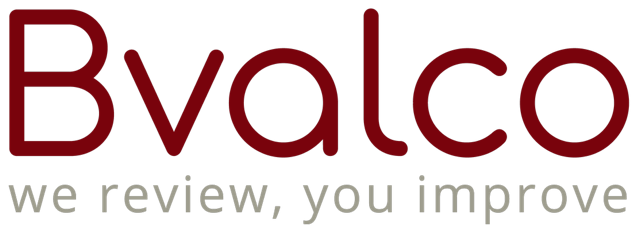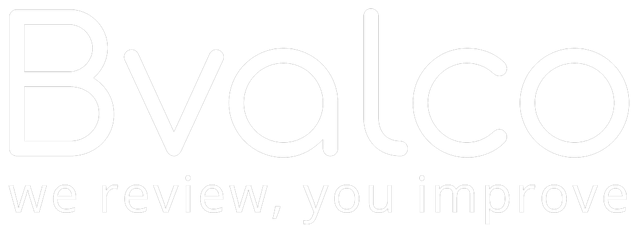Alison Gill is a behavioural psychologist, triple Olympian and the co-founder of Bvalco, a board evaluation consultancy focused on helping boards become fit for the future.
Now you’ve mastered video meeting etiquette, how do you replicate reading body language and the human interactions that still matter?
The video above has now been viewed over 2 million times because of the amusing way it highlights the challenges many of us face when adapting to the new ways of meeting necessitated by the coronavirus.
But for chairmen used to reading body language, and making people feel comfortable contributing during the social conversations before the meeting, the challenges associated with recreating those human interactions over a video link are not to be underestimated.
As a behavioural psychologist and board reviewer who has been considering how best to replicate the human interaction so important to a successful meeting, here are my top tips for getting the most out of a video board meeting.
Factor in ‘casual’ conversation
Although it might be a bit extreme to recreate everyone helping themselves to a tea or coffee at the start of a meeting from their various locations, it is still possible to replicate the casual conversation that used to coincide with this.
People are unlikely to dial into a video meeting before it starts, in the way they might get to a boardroom before a meeting was due to begin. So, instead of starting the meeting on time, allow 5-10 minutes of casual conversation before you get down to business as usual. Encourage people to chat about how they’re thinking and feeling to create the ‘space’ needed for them to sustain social interactions and relationships.
In between board meetings, get into a rhythm of scheduling one-on-one time with directors to replace the informal social interaction and private conversations needed for them to share what’s nagging them and keep relationships going. Where possible, use video calls, instead of the telephone, to boost the level of interaction.
Encourage candid conversation
Perhaps the biggest downside to video technology is the difficulties it creates when it comes to ‘reading the room’. Chairmen who were skilled at reading emotions and body language in a face-to-face setting now have to be good at asking people to share what they’re thinking and feeling.
People will be more reluctant to open up in this context, especially if they haven’t already had the opportunity to open up to one another through casual conversation as explained above, so you need to use silence well.
When trying to encourage people to talk, pause longer than you think you need to in order to give people space to speak and avoid the need to try and problem-solve. It’s okay to talk without getting straight to a solution. Sharing how you’re feeling and what you’re worried about can also encourage others to open up.
Review how well people are interacting
At the best of times, boards often overlook the importance of taking stock and reviewing how meetings went – but now that’s absolutely critical. Make sure you review how effectively the interactions were at the end of each meeting.
Ask your self: What has the quality of listening been? Is everyone getting equal airtime? Is the tempo of the meeting and tempo of decision-making appropriate to the crisis? If we’re having to make decisions-faster, are we still using good decision-making?
Also don’t just reflect on what the board achieved during the meeting, but also how effectively it’s working as a group and how well that that group is changing and responding in the face of the crisis. Are people being overly anxious or a bit too optimistic? How are your own feelings impacting on your tone of voice and contribution and how did that impact on the meeting?
If you enjoyed this blog, do share using the icons below and look out for next week’s article ‘Three ways to facilitate good decision-making during a crisis.’
Share this article on LinkedIn!




